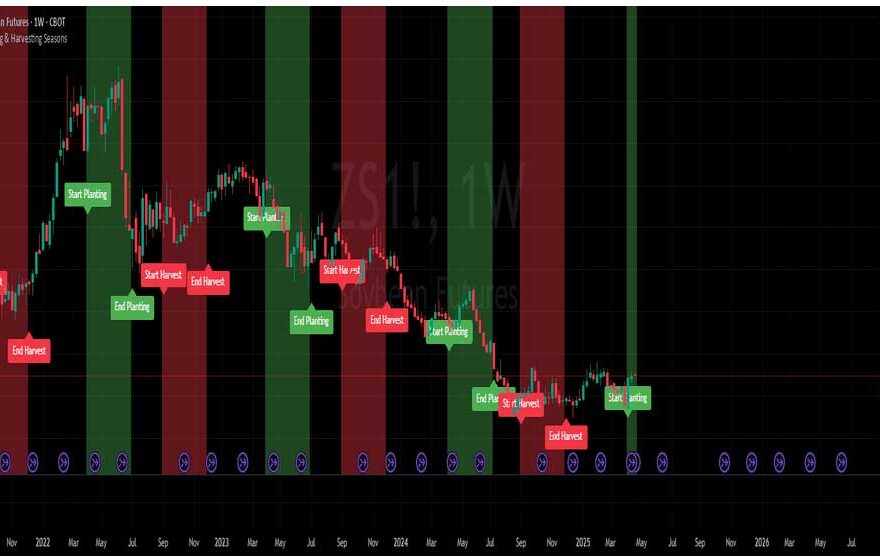What Are Operating Capital Loans and How Do They Work?

What Are Operating Capital Loans and How Do They Work?
Ever found yourself sitting at your shop, staring at a stack of bills and wondering – how do I keep all these plates spinning while waiting for my customers to pay up? If you’ve been there, you’re not alone. That’s exactly why small business operating capital loans exist, and boy, do they matter if you haven’t got a pile of cash handy for day-to-day stuff.
What Are Small Business Operating Capital Loans?
Let’s cut through the jargon. Small business operating capital loans are financing tools designed specifically to handle your daily business needs, not to fund the next big expansion. These loans are about keeping the wheels turning, like covering payroll, stocking inventory, paying rent, etc. It means it pays for those expenses that don’t wait for your next big sale. If you ever heard the terms “business operating capital loans” or “small business capital loans,” those are cousins in the same family.
It’s simple: If your cash flow doesn’t match up with your bills, business operating capital loans step in, give you some breathing room, and let you focus on keeping customers happy instead of stressing about overdue invoices.
How Do Small Business Operating Capital Loans Support Daily Expenses?
Let’s say you’re running a bakery. Your supplier wants cash on delivery, but your best client pays on the fifteenth of next month. You need flour now, but your accounts receivable will be delayed. Enter small business operating capital loans. They front you the cash for ingredients so you can keep baking, sell those cakes, and pay the loan off once the money comes in.
This isn’t just bakeries. Retail stores use small business operating capital loans for inventory before the holiday rush. Contractors rely on business operating capital loans for payroll while waiting on client payments. Restaurants plug the gap between food orders and their busiest weekends. All sorts of businesses, big and small, use small business capital loans to ride out bumpy months or seasonal dips.
Who Needs Small Business Operating Capital Loans?
Not every business needs one of these loans but a ton do. Got irregular cash flow? Are you stuck waiting for payments from big clients while little expenses pile up? You’re in prime territory for small business operating capital loans. Retailers, restaurants, construction companies, service shops, even tech startups sometimes lean on these when the revenue gets lumpy.
It’s not about being risky or desperate. It’s smart cash management. You wouldn’t wait until you’re bone dry to refill your gas tank, right? Same principle here. Business operating capital loans help smooth out the dips so you can focus on growth, not panic.
How Repayment Works
You borrowed, you spent, so what’s the catch? Repaying small business operating capital loans is pretty straightforward, actually. Most are short-term: you pay the lender back over 6–18 months, sometimes up to 3 years for larger sums. Interest rates vary based on credit, amount, and the lender but don’t forget those fees; they sneak in if you’re not careful.
Here are some repayment setups you’ll see:
- Fixed loans: Set payment each month, easy to budget.
- Revolving lines: Like a credit card for your business, use what you need and pay interest only on what’s drawn.
- Invoice financing: Borrow against your invoices; the lender gets paid when the client pays you.
- SBA working capital loans: Usually cheaper, but lots of paperwork.
Be sure to check the terms before getting approved for a loan. Sometimes there’s early payoff penalties, sometimes there’s not. Miss a payment and, well, you might pay extra. So, keep track.
Types of Small Business Operating Capital Loans
Here’s where the real menu starts. There isn’t just “one loan fits all.” Let’s break down your options for small business operating capital loans:
- Overdrafts: Short-term cash if you run out in your business account.
- Cash credit: Collateral-backed loans, cheaper but needs assets.
- Trade credit: Arrangements with suppliers so you pay later.
- Short-term loans: Money for a few months, pay back with interest.
- Invoice financing: Turn unpaid invoices into quick cash.
- SBA working capital lines: Backed by the gov, lower rates, more hoops.
- Merchant cash advances: Pay back with a slice of daily sales. Riskier, pricier.
- Online lending: Fast approvals, but rates might be steep.
Different businesses use different types, and there’s no “golden ticket.” It depends on what you need, how strong your credit is, and whether you’ve got collateral.
Which Businesses Benefit Most?
Who’s cashing in on small business operating capital loans the right way? Think fast-growing shops, new startups, seasonal stores (Halloween pop-ups or ski outfitters), and businesses with low cash reserves. These folks use business operating capital loans to buy inventory before busy seasons, pay staff during slow months, and take on big customer orders without sweating their bank account.
Even the pros like plumbers, consultants, and landscapers use small business capital loans to plug cash flow gaps so they don’t have to turn away work.
Key Considerations & Risks
Let’s get honest: Small business operating capital loans aren’t magic. If you’re not careful, costs add up. Some have higher rates, especially unsecured types. Missing payments can mean fees, credit hits, or even losing collateral if you put it up.
You gotta check the lender’s reputation and scan for hidden fees. Don’t borrow more than you need. These loans are for short-term, emergency, or peak expense moments, not long-term investments. And check your own books: will more debt really help, or just paper over a bigger problem?
If you don’t have a repayment plan, it’s easy to dig a hole that’s tough to climb out of.
Conclusion
So here’s the deal: Small business operating capital loans are lifelines for owners who want to keep the lights on and the business rolling. Whether you’re plugging a temporary gap or gearing up for growth, these loans help you manage risks and keep things humming. But you’ve got to use them with sense: check the rates, know the lender, plan your payback, and never borrow what you can’t really afford.
Talk to experts, read the details, and set your business up for the kind of steady cash flow that makes worrying about bills a thing of the past.


